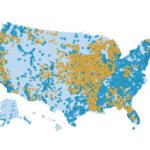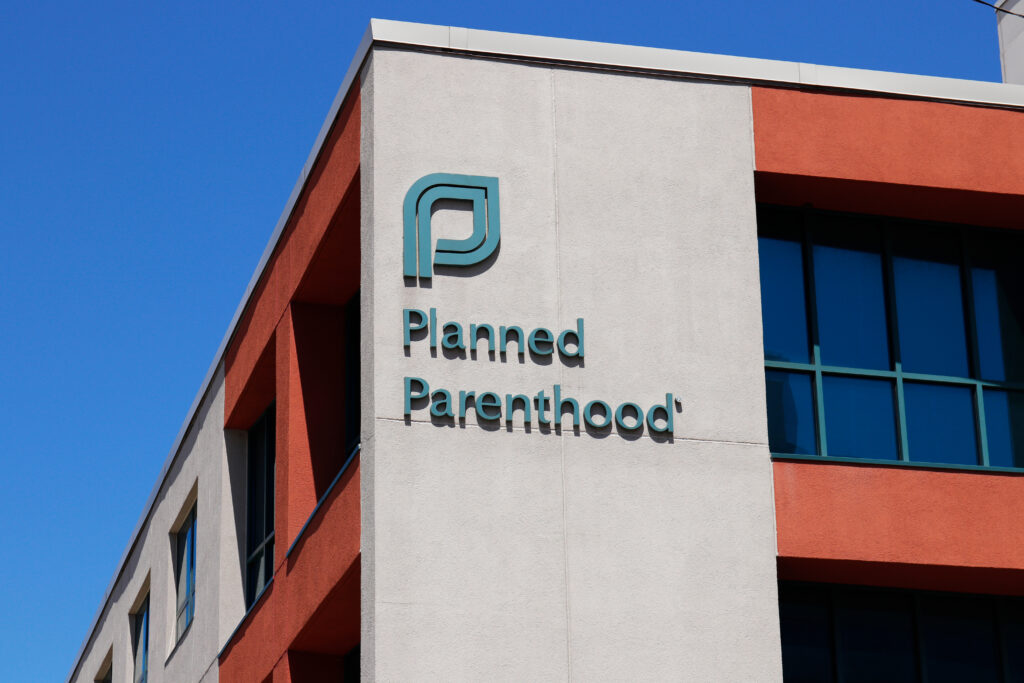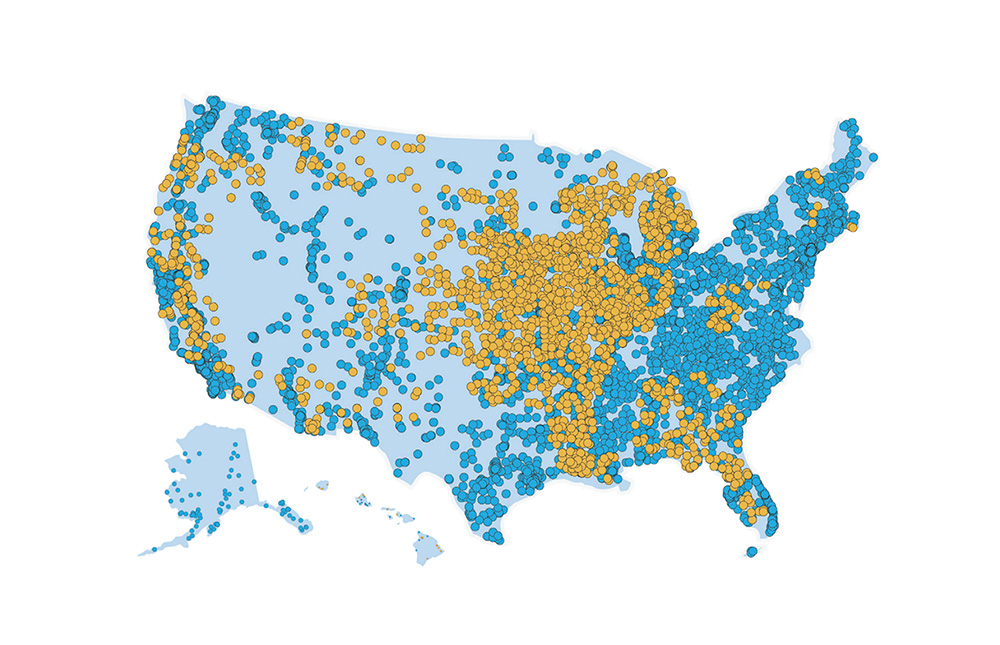Abortion Reporting: Michigan (2017)
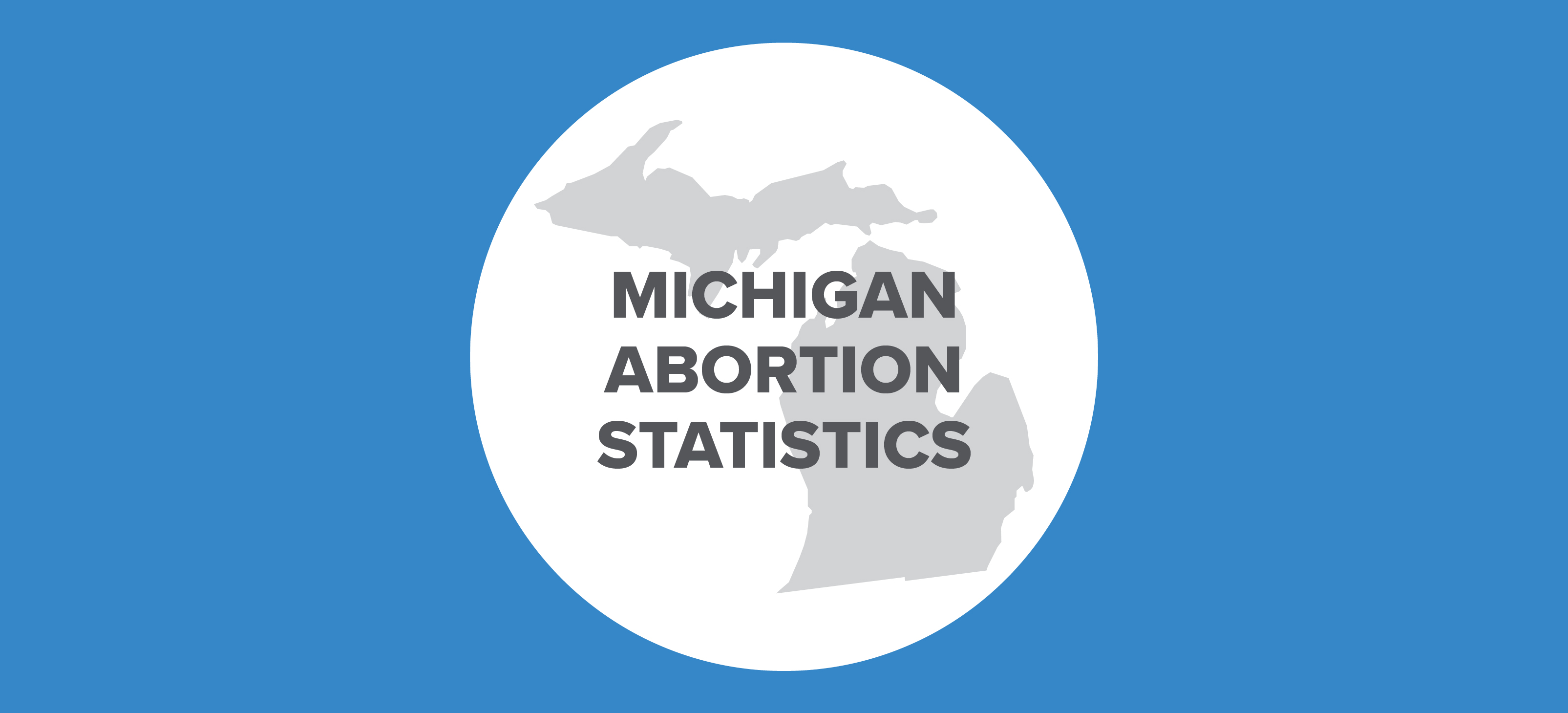
Published in May 2018, Michigan’s 48-page abortion report for 2017 contains a wealth of information on abortion trends in the state. The report is produced by the state’s Department of Health and Human Services.
Changes in Michigan Abortions, 2016-2017

Abortion Totals and Trends
In 2017, there were 26,594 abortions performed in Michigan, including 25,757 that were performed on Michigan residents (Fig. 1). The total number of abortions was relatively unchanged from the year before, increasing by 0.8 percent from 2016. Abortion in Michigan has dropped by 40 percent since 1980, the earliest year with data available online. However, chemical abortions are on the rise. There were 9,422 chemical abortions in Michigan in 2017, an increase of 19 percent from the 7,921 reported in 2016. Since 2001, the first full year after the U.S. Food and Drug Administration approved the use of mifepristone to induce abortions, chemical abortions have risen by more than 900 percent. In 2017, chemical abortions made up 35 percent of all the abortions performed in the state. Michigan’s 2017 abortion rate was 14.2 abortions per 1,000 resident women ages 15 to 44, up from 14.0 the year before (Fig. 2).
State Report Summary
Abortions performed on Michigan residents
Michigan’s comprehensive abortion report provides both information on all the abortions performed in the state and information on abortions performed on state residents only. In 2017, of the women getting abortions in Michigan 97 percent were Michigan residents. Most resident women were in their twenties, with 61 percent between the ages of 20 and 29. Nine percent were younger than 20, and 26 percent were in their thirties. Only three percent of the resident women getting abortions were age 40 or older. Black women comprised 50 percent, even though black women make up only 17 percent of Michigan’s population of women of childbearing age. White women underwent 43 percent of the abortions performed on residents, while representing 77 percent of the state population of women ages 15 to 44.
As in other states, in Michigan, the majority of resident women undergoing abortions were not married. Eighty-nine percent were unmarried, compared to 10 percent who were married. Almost two thirds of the Michigan residents getting abortions, 65 percent, had carried at least one previous pregnancy to term. Twenty-seven percent had one previous term pregnancy, and 38 percent had two or more. Michigan defines a term pregnancy as any pregnancy lasting 37 weeks or more but does not report how many of these pregnancies ended in live births. Sixty-nine percent – nearly 18,000 women – reported no prior miscarriages. Almost half of the resident women undergoing abortions, 49 percent, had already had an abortion before, with one quarter reporting one previous abortion and 23 percent reporting more than one.
Michigan provides information on the sources of referral for resident women who seek abortion. Most women, 88 percent, were self-referred. Six percent were referred for abortion by friends or family, and two percent were referred by a physician. There were 224 women who received an abortion referral from a family planning agency, social agency, or health department. Ten women received a referral from a member of the clergy. The vast majority of the resident women undergoing abortions, 93 percent, paid for their abortions themselves, while six percent funded their abortions through insurance. In Michigan, Medicaid does not pay for abortions unless the mother is a victim of rape or incest or her life is in danger.
All abortions occurring in Michigan
In addition to reporting the characteristics of resident women who get abortions in Michigan, the state provides information on all abortions performed there. Of the 26,594 abortions reported in Michigan during 2017, the majority, 64 percent, occurred at eight weeks of gestation or earlier. Twenty-three percent were performed between nine and 12 weeks, and eight percent were performed between 13 and 16 weeks. Three percent occurred between 17 and 20 weeks of gestation. There were 425 abortions performed between 21 and 24 weeks, more than halfway through pregnancy. Six abortions occurred between 25 and 28 weeks of gestation, and three were performed after 28 weeks. Michigan prohibits abortion after viability without specifying the gestational age at which viability is expected to occur, although babies have been surviving at earlier and earlier ages due to technological advances and medical awareness. Exceptions are only permitted when the mother’s life is endangered. However, Michigan’s abortion report does not indicate whether the lives of the women undergoing these late-term abortions were at risk.
None of the babies was reported to exhibit signs of life after being aborted, although this information was left blank on 143 abortion reporting forms. Four percent of the aborted babies weighed between one and 99 grams, or approximately 3.5 ounces. Two percent, 600 babies, weighed between 100 and 399 grams, or 14 ounces. There were 122 babies who weighed 400 grams or more. The vast majority of the babies, 93 percent, were reported to not be measurable.
At least 24 hours before a doctor performs an abortion, Michigan’s informed consent law requires that the doctor or his or her assistant confirm that the woman is indeed pregnant. Ultrasounds were the most common method used to determine pregnancy, used before 93 percent of the abortions performed in Michigan. Michigan law requires that whenever an ultrasound is performed in conjunction with an abortion, the mother must be offered the chance to view her ultrasound, but the abortion report does not indicate how many women took advantage of the opportunity to see their ultrasounds. Ninety-four percent of the abortions occurring in Michigan were performed at outpatient surgical facilities. Two percent were performed in doctor’s offices, and not quite one percent were performed in hospitals or hospital satellite clinics. An additional two percent were performed at some other type of facility.
Complications
Michigan is one of only a few states to report the complications caused by abortions and which types of abortion procedures led to complications1. Michigan collects complication data on two forms. Complications that occur while the patient is at the abortion center are reported on the abortion reporting form that doctors who perform abortions are required to submit to the state department of health. Complications that are identified subsequent to the abortion procedure are reported on a separate complication reporting form. These forms are submitted by physicians who treat women experiencing abortion-related complications within seven days of their abortions.
In 2017, 29 abortions led to reported complications: 14 led to immediate complications and 15 were identified and reported after the women had left the abortions centers. For the immediate complications, the risk of complications increased with gestational age; seven complications occurred at 21 weeks of gestation or later. Seven complications were caused by dilation and evacuation procedures. Three were caused by suction curettage abortions, two by chemical abortions, and two by other procedures. Ten complications happened at outpatient surgical facilities. Hemorrhage was the most common type of complication, occurring in six cases. Five women suffered cervical lacerations, two experienced shock, and one had an infection. Eight of the women suffering immediate complications were in their twenties. Four were in their early thirties, and two were over the age of 40.
Of the 15 complications that were identified and reported after the women had left the abortion centers, 10 occurred in the first trimester, with four caused by abortions performed between five and eight weeks of gestation and six from abortions between nine and 12 weeks. Five occurred in the second trimester or later – one complication occurred between 13 and 16 weeks, two between 17 and 20 weeks, and two after 20 weeks of gestation. Ten of the complications were caused by abortions that were performed at outpatient surgical facilities. Hemorrhage was the most frequently-reported complication, occurring in 11 cases. Two women had cervical lacerations, and another two had retained “products of conception.” One woman had an infection, and one suffered shock. Ten women were in their twenties, with three women age 30 or older and two age 19 or younger.
State Ranking
A CLI study of state abortion reporting ranked Michigan in the top 10 states for the quality and timeliness of its reporting. As of May 2018, Michigan was one of just seven states to have made its 2017 abortion statistics publicly available. However, Michigan could make its reports even more comprehensive by including information for all women who get abortions in the state, not just residents. Additionally, Michigan could report women’s level of education, reasons for abortion, and contraception use, as other states do. The state has strong informed consent and parental consent laws on the books, but the report does not indicate whether those processes were followed or exceptions were made. Michigan could also include data on the doctors who provide abortions and report whether any babies showed signs of viability, as well as why abortions were deemed necessary after babies were capable of surviving outside the womb. By adding these data to its reports, the Great Lake State could give citizens and researchers a better understanding of why abortions are performed in Michigan.
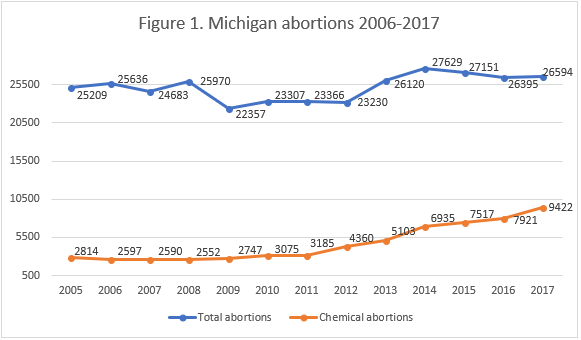
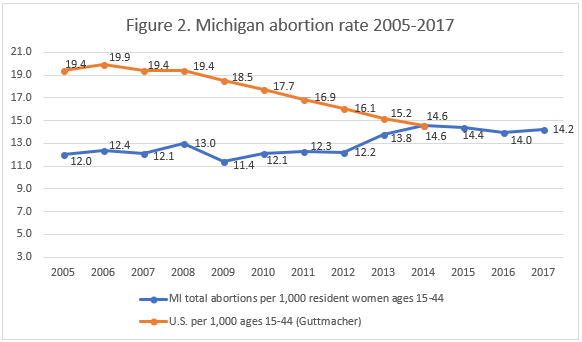
- Statistics on abortion complications reported here represent a minimal number of deaths and complications, as this data is collected in a non-systematic and non-verifiable way. As such, this data cannot be used to calculate either an accurate abortion mortality rate, nor an accurate abortion complication rate for the state.
- According to Michigan’s report, the rate reflects the number of reported abortions occurring in Michigan per 1,000 resident women ages 15-44.












